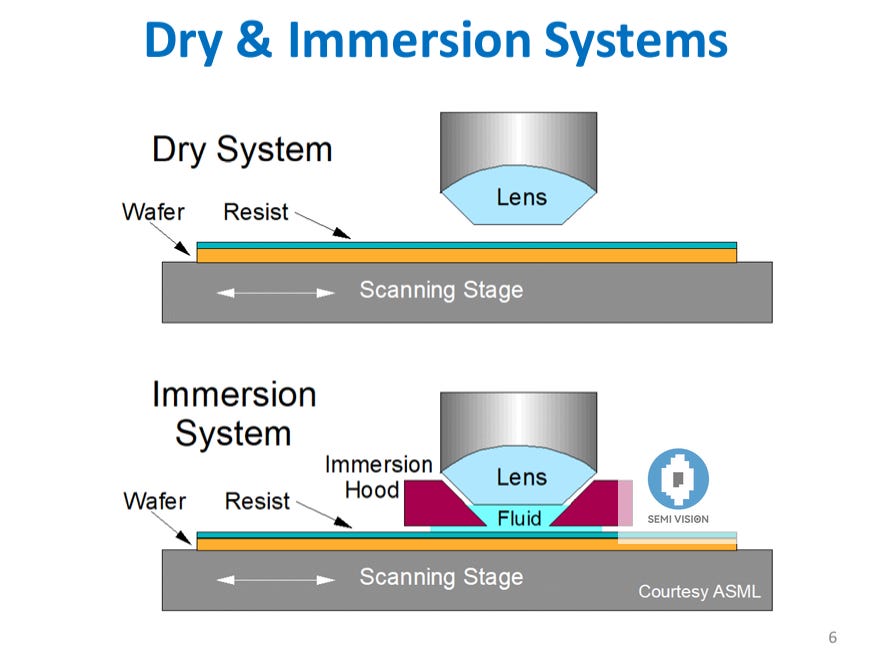How Immersion Lithography Revolutionized Semiconductor Technology
Introduction of Dry and Immersion Lithography
Lithography is a cutting-edge technique used to create extremely small patterns on semiconductor wafers, enabling the production of next-generation microchips. It uses extremely short wavelengths to improve resolution and patterning precision.
Here is two types of lithography: Dry and Immersion systems
Dry Lithography:
In dry lithograph…



